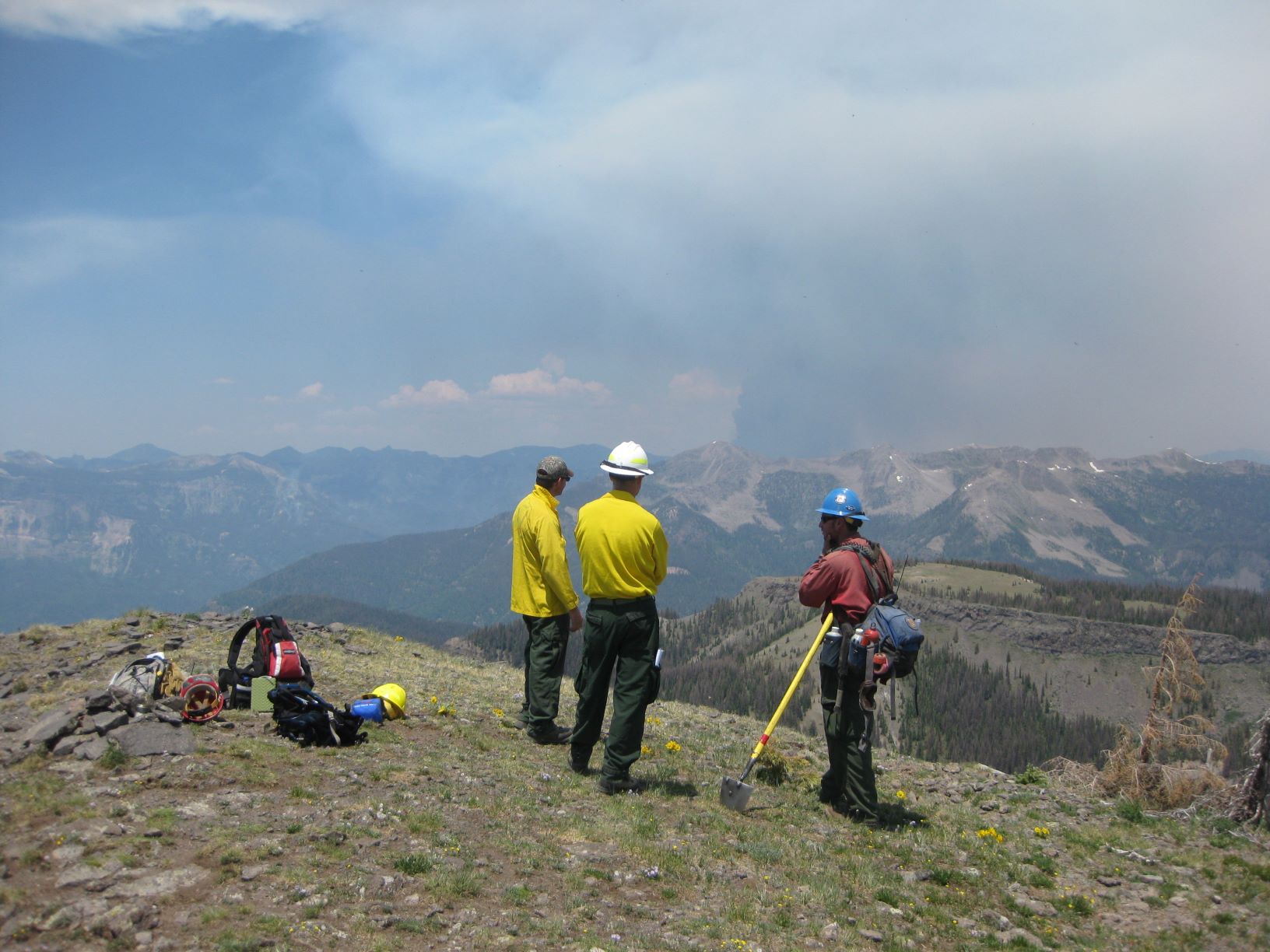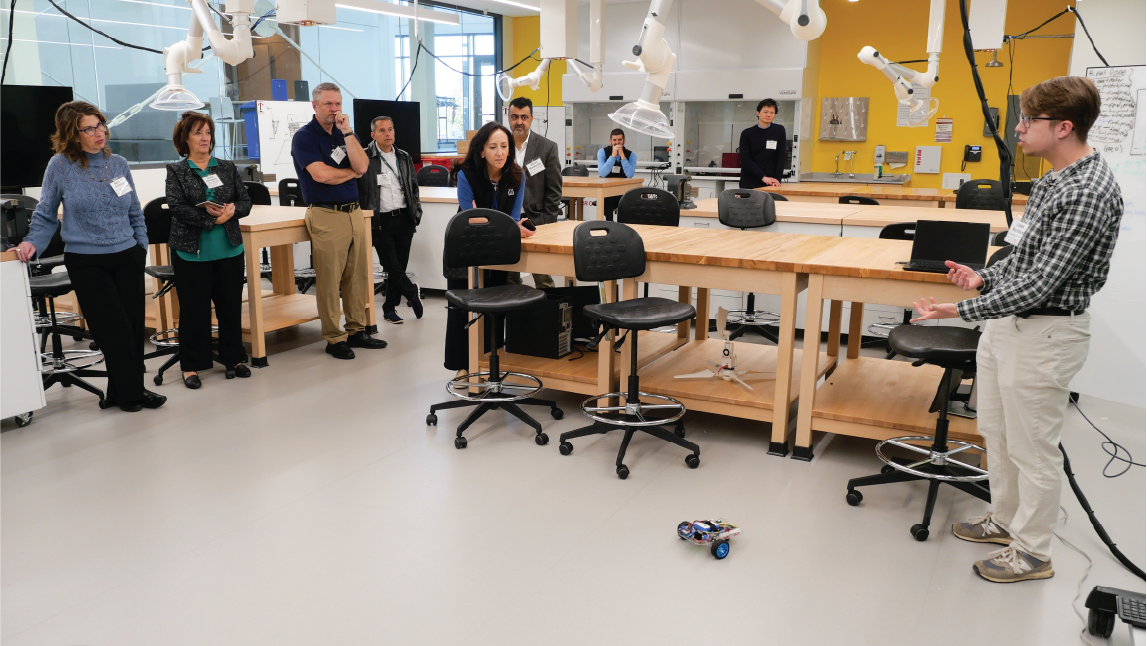News Story
FPE Wildfire Research Projects Receive Funding Twice-over

The October 2017 Northern California wildland fires destroyed over 8900 structures and killed 44 civilians – total losses are projected to cost over $9.4B dollars. 2018 was even more devastating after the Camp Fire raged through Paradise, Ca. killing 85 people and causing an estimate $16B in losses. Tackling this problem requires new, interdisciplinary approaches to help predict and prevent future disasters.
To that end, two research teams led by Michael Gollner, an associate professor in the University of Maryland (UMD) Department of Fire Protection Engineering (FPE), have been awarded funding that will advance the ability for fire models to predict wildfire behavior as it moves into urban communities, termed the wildland-urban interface.
The first study, "Fire Spread at the Wildland-Urban Interface (WUI): Modeling and Data Assimilation for Prediction and Risk assessment (WUI – MAPR)," aims to fill a critical but missing link in current predictive capabilities related to wildfires – a model that can simulate the multi-scale dynamic processes leading to propagation of spreading fires from the wildland into communities. The National Science Foundation (NSF) has provided $1.3M to fund this study as part of the PREEVENTS Program. The team, which includes Arnaud Trouve (FPE Professor), Kayo Ide (UMD Atmospheric & Ocean Science), and Evan Ellicott (UMD Geographical Sciences Associate Research Professor), will couple existing wildfire spread models with data assimilation techniques and newly-developed models for structure ignition to describe fire spread as it moves into and within communities. Modeling spread in these areas is different than wildland fuels as most structure ignitions are first caused by embers - small burning particles which ignite new fires ahead of the fire front. Later, fires move from home to home in dense neighborhoods, causing considerable devastation. The proposed modeling is critical for pre-fire risk assessments and real-time fire spread modeling. Data from fire investigations provided by the National Institute of Standards and Technology (NIST) and the California Department of Forestry and Fire Protection (CAL FIRE) will be used throughout the development process.
A second study received $550,000 “to identify why certain materials and structural components are more likely to be ignited by embers, and develop a model describing the degradation and ignition of various materials.” The research team, including FPE Associate Professor Stanislav Stoliarov, will work on the development of a model that can describe this ignition process for various firebrand exposure conditions to various WUI materials. This open-source model can form the backbone of an approach to improve the resilience of WUI communities and will be shared amongst NIST researchers. This award is part of the NIST Disaster Resilience program, which recently awarded $6.6M to various research institutions around the country to support the development of structures better able to withstand earthquakes, wind and fire.
Related media:
NIST Awards $6.6M for Research to Help Structures Better Withstand Earthquakes, Wind and Fire – August 8, 2019
Published October 9, 2019








